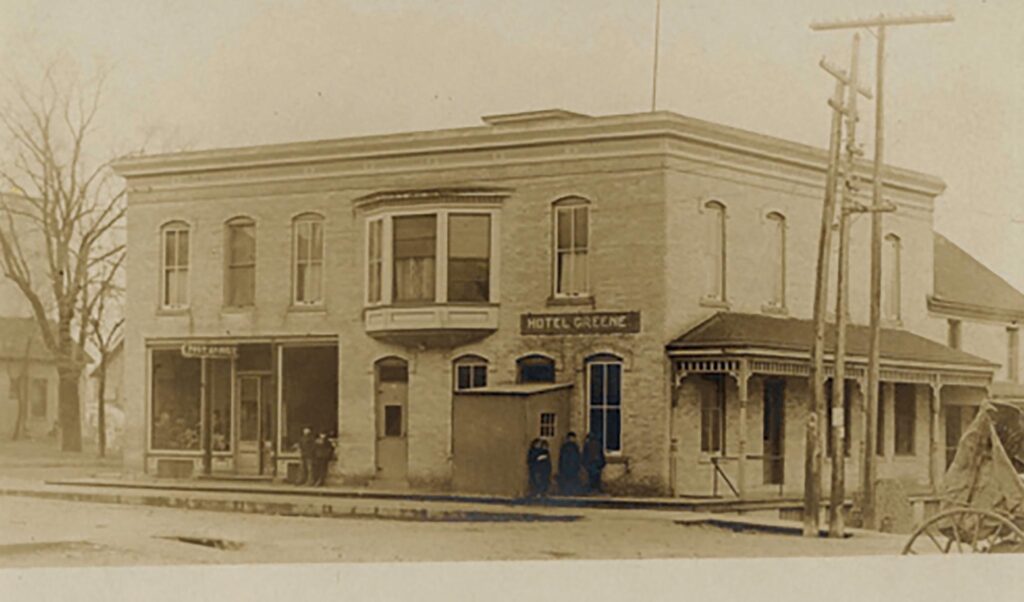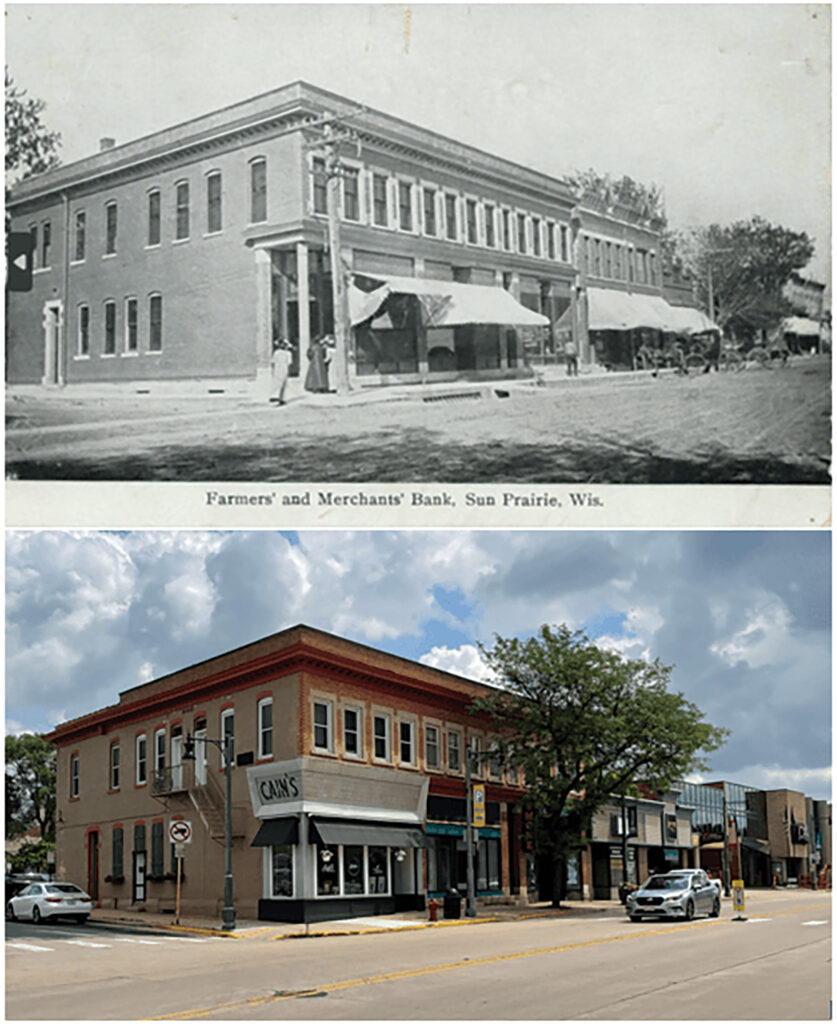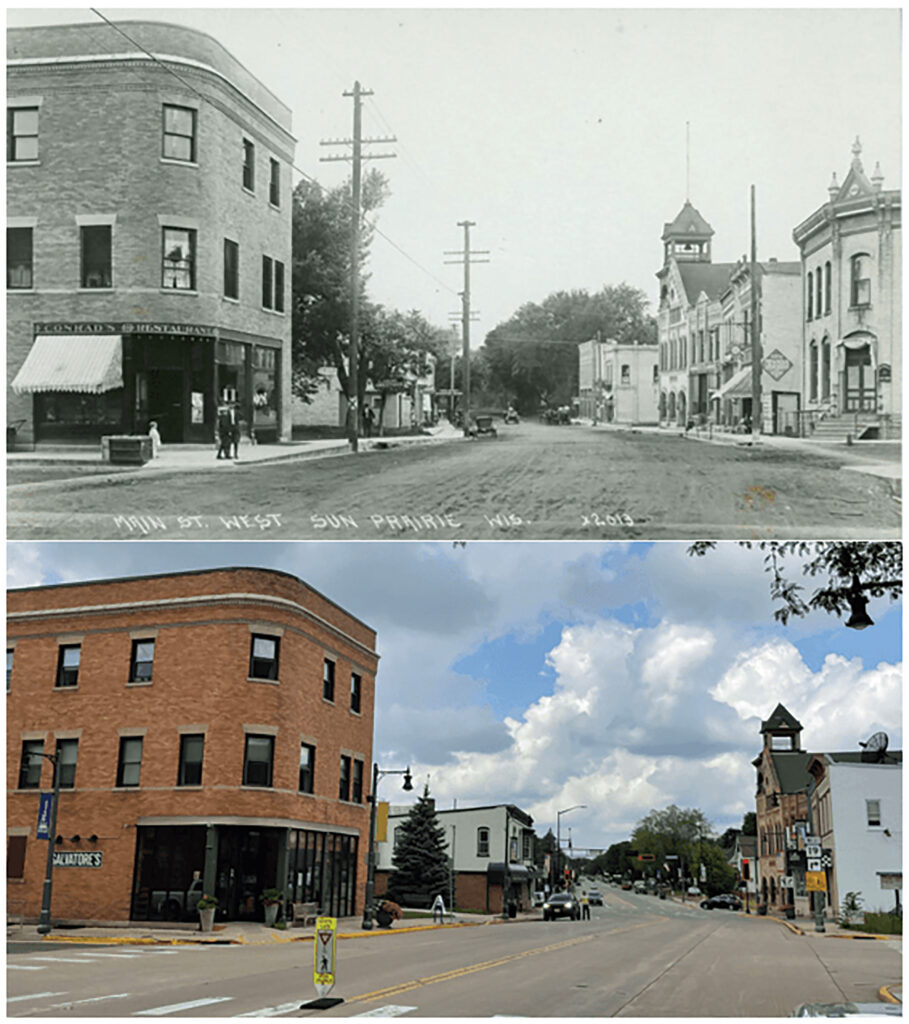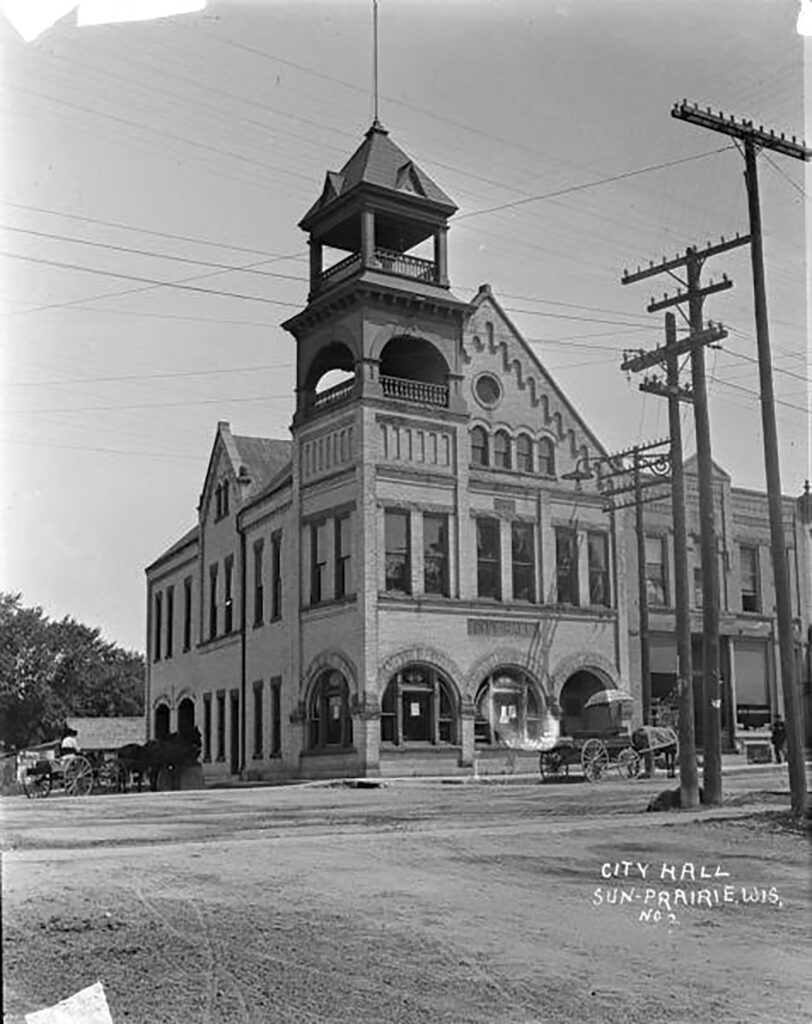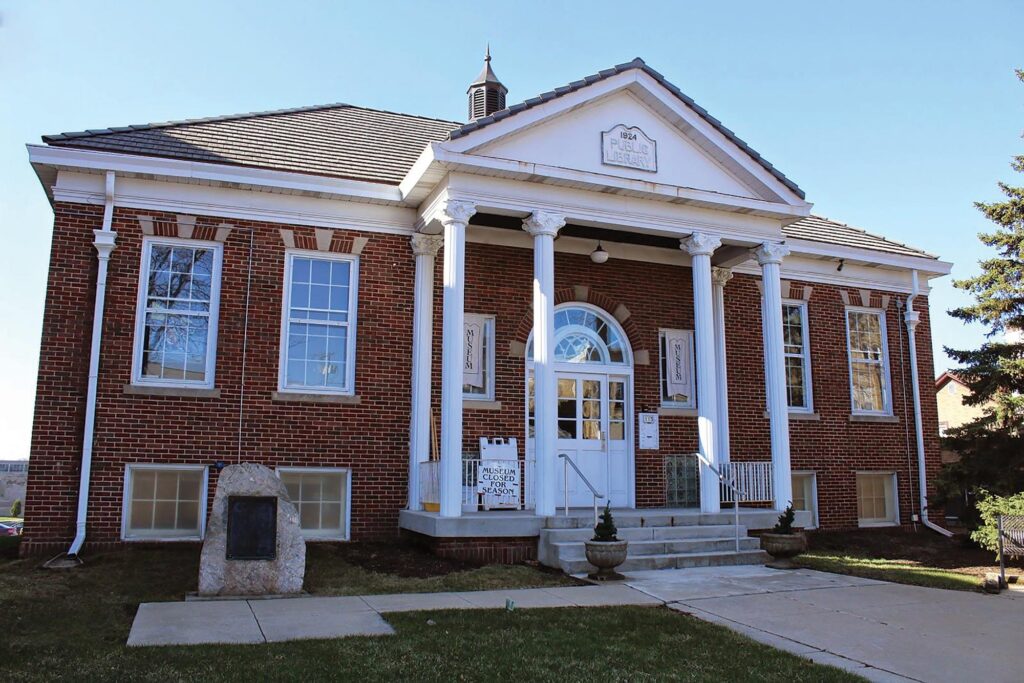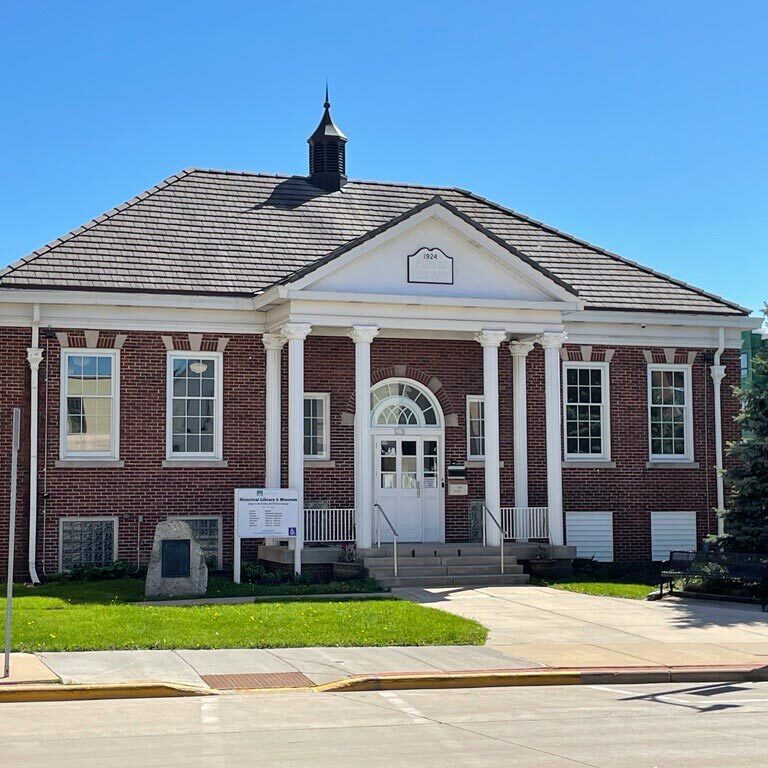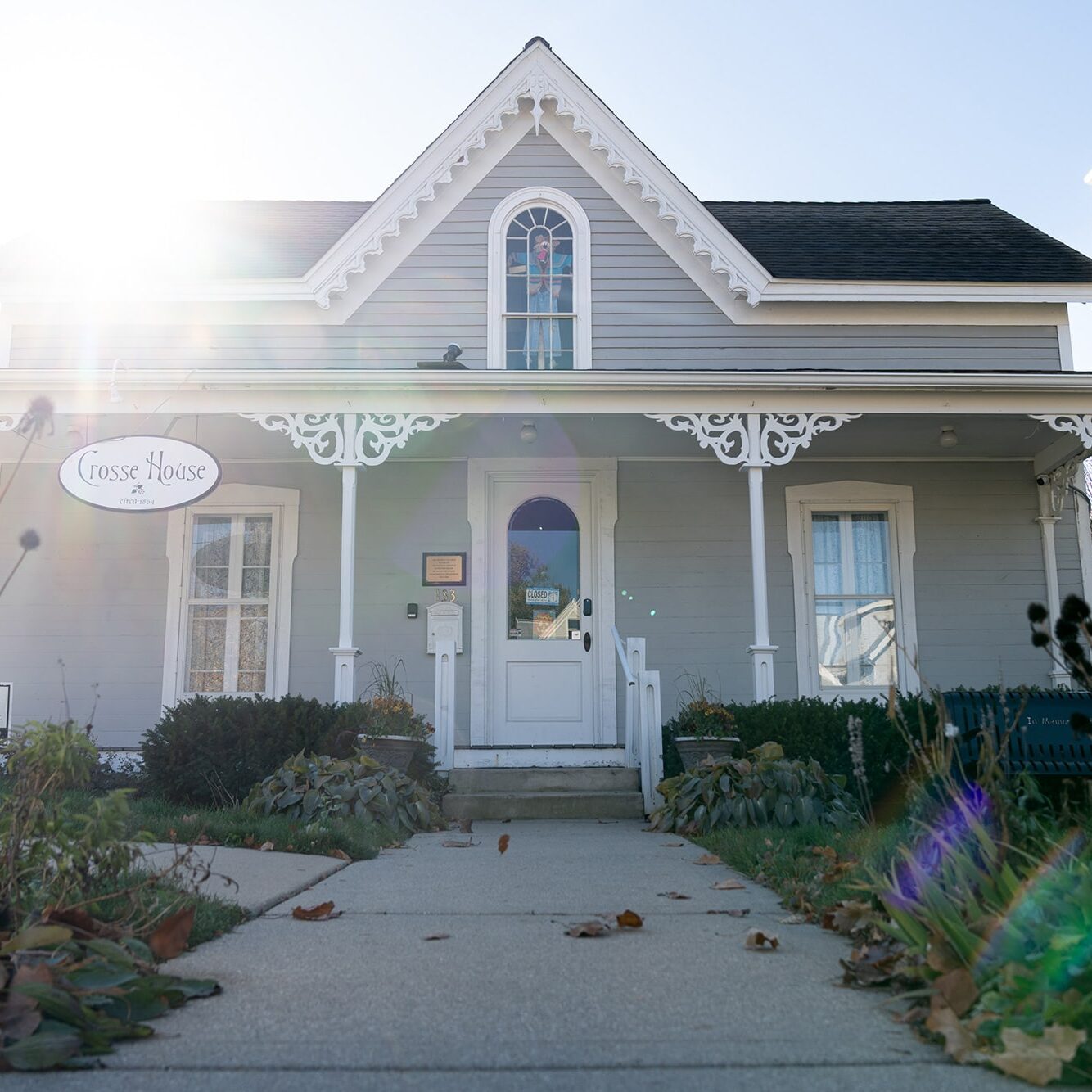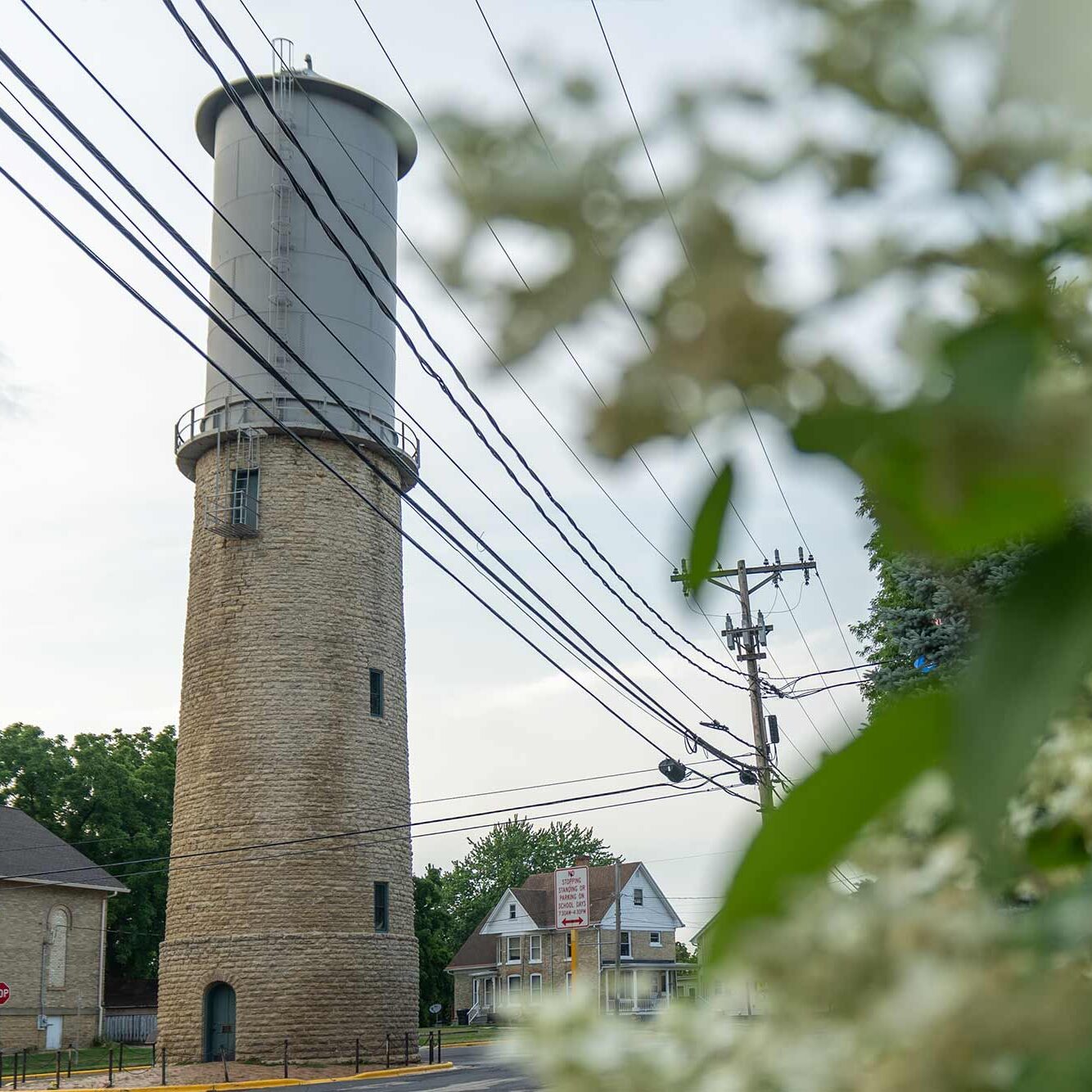The Story
In 1836, President Martin Van Buren commissioned a team, led by Augustus A. Bird and including his brother Charles H. Bird, to build part of the capital city for the Territory of Wisconsin. After days of rain while traveling from Milwaukee toward Madison, the sun came out when the group reached a prairie. Inspired by the sight, the expedition named the site Sun Prairie and carved the name into a burr oak tree on June 9, 1837.
Charles H. Bird returned to Sun Prairie in 1839 with his wife Lovina and built his home on the site of what is now the Sun Prairie Historical Library & Museum. Other settlers, primarily from New York and New England, soon followed, and “Bird’s Corners” became a busy crossroads for farmers, merchants, and travelers.
In 1859, construction of the Chicago, Milwaukee, and St. Paul railroad line, intended to run from Milwaukee to the Baraboo Valley, paused at Sun Prairie due to a lack of funding. Sun Prairie prospered as the line’s terminus for the next 10 years and was one of the largest and most flourishing inland grain markets in Wisconsin. By 1865, Sun Prairie boasted a railroad station, three hotels, two grain dealers, a lumberyard, and a bank, along with drug, grocery, dry goods, clothing, and shoe stores. Col. William Angell was the first president of Sun Prairie when it was incorporated as a village in 1868. The railroad line was finished just before an economic depression began in the 1870s, lessening Sun Prairie’s relevance as a stop.
The village’s dependence on the farming community experienced a major shift with the formation of the Sun Prairie Spark Plug Factory in 1919. This factory, later known as the Sun Prairie Porcelain Company, provided alternative employment in the agricultural community. Additional employers followed, including the Wisconsin Cheeseman, Diesel Injection Service, Foulke Rubber Products, Brooks Tractor, and the General Telephone Company. Such growth eventually led to Sun Prairie’s incorporation as a city in 1958.
Sun Prairie’s 20th century growth contributed to its current state as a vibrant, diverse community with residents from all walks of life. Farm and factory work brought the earliest known Latin American families to Sun Prairie during the 1950s. In the 1960s, Sun Prairie’s Capehart neighborhood was developed to provide housing for personnel of the Truax Field Air Force Base in Madison. The military housing units brought residents of increasingly diverse backgrounds to Sun Prairie and greatly expanded the Black population. Since then, Sun Prairie’s proximity to Madison and high standard of living has continued to attract new residents.
On July 10, 2018, a gas explosion leveled a downtown city block, destroying or damaging several buildings. One life was lost during the explosion, while many others were saved thanks to the Fire Department personnel stationed just a block away. This tragic event proved the city is “Sun Prairie Strong,” as the community came together for strength and support.
As of the 2020 Census, the population stood at 36,800, about 1,500 of which are veterans. Sun Prairie’s growth rate is 1.098% per year, which places it as one of the fastest-growing communities in Wisconsin.
Along with significant population increase, Sun Prairie’s identity has become increasingly diverse over the years. There are over 60 different languages or dialects spoken by students in the Sun Prairie Area School District, with the top five being English, Spanish, Hmong, Telugu, and Tamil. Leadership throughout the city is becoming more representative of Sun Prairie’s entire community. Cultural celebrations like the Multicultural Fair, Juneteenth Community Celebration, Sun Prairie Pride Fest, and Black History Month programming have become annual events in Sun Prairie.
Sun Prairie is known for its high quality of life and its excellent schools, parks, recreation programs, and various festivals. The city has seen a large increase in population and industry in the past few decades, solidifying its place as a top regional player.
Sun Prairie Historical Museum Teams With Clio
The Sun Prairie Historical Museum has produced a series of information guides describing the history of some key sites around Sun Prairie using an application built by scholars for public benefit known as Clio. Clio is an educational website and mobile application that guides the public to thousands of historical and cultural sites throughout the United States.
Something for everyone
